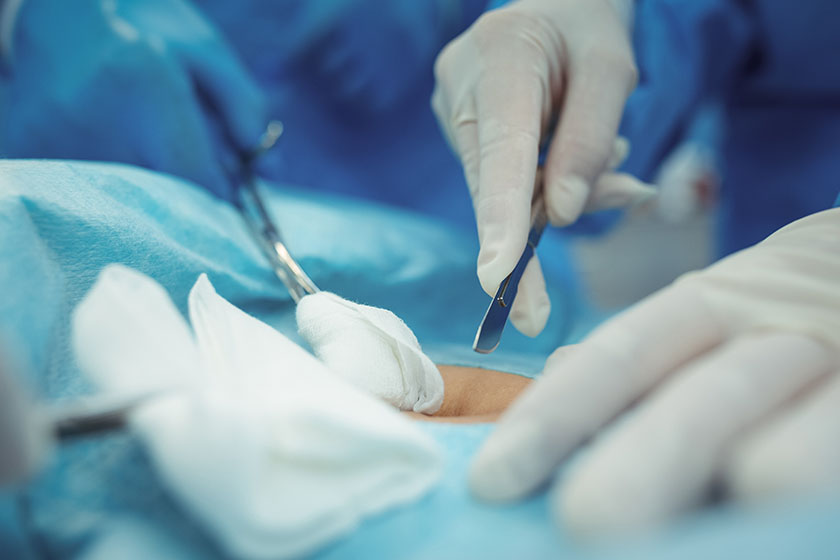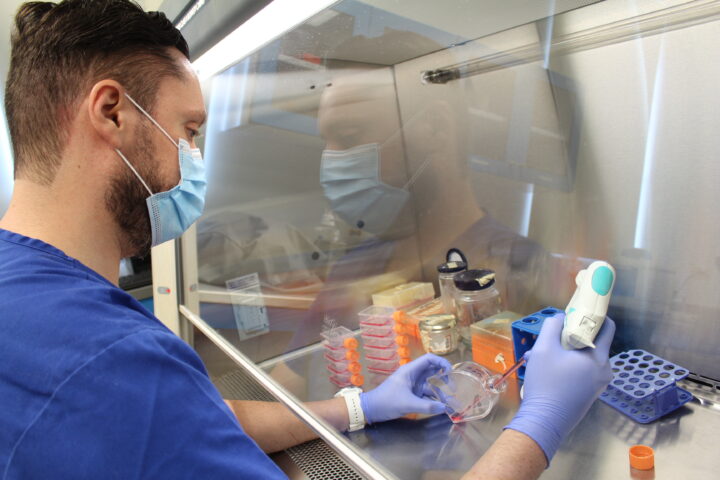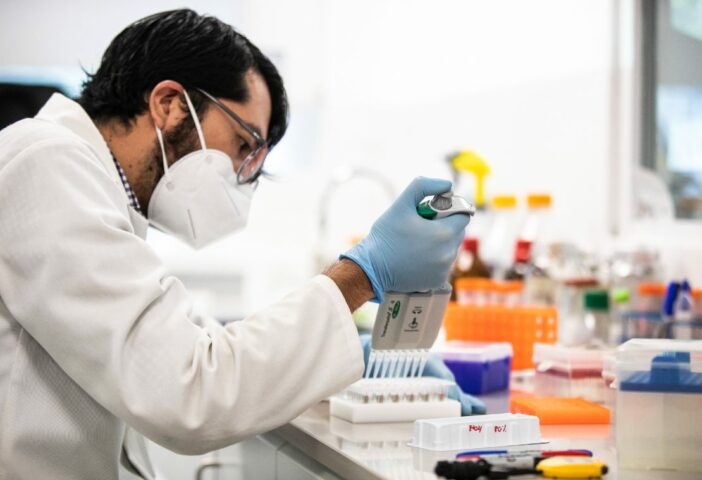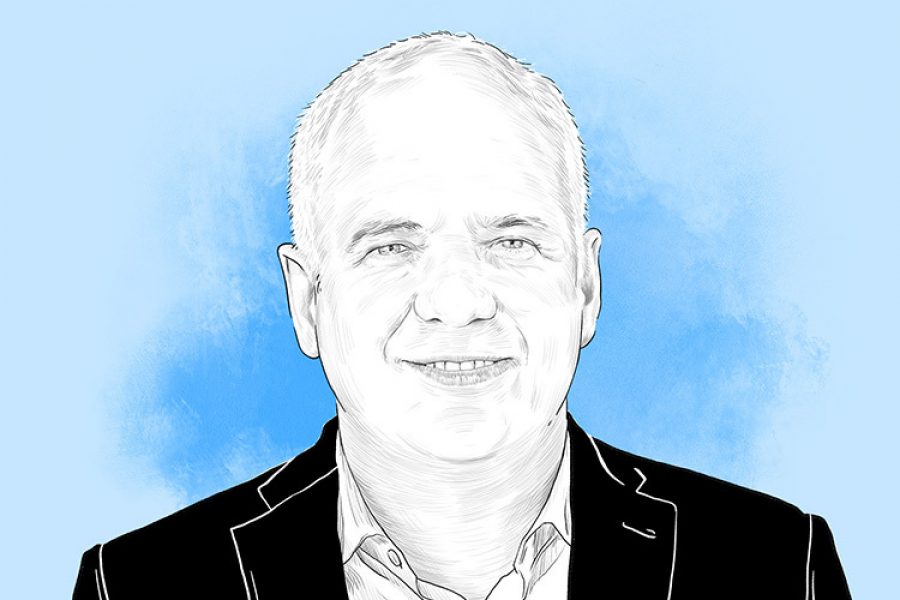Liver transplants have proven to be crucial in saving the lives of people with liver diseases, the sixth leading cause of death in Mexico.
The shortage of donors, along with the long waiting lists, causes patients to die without the opportunity to receive a transplant in time.
According to the National Transplant Registry, in January 2023, in Mexico, 239 people were waiting for a liver transplant and the number of deceased donors was insufficient since the national donation rate in case of brain death is 4.5 per million inhabitants when there are countries with rates higher than 40.
Another challenge that complicates the situation even more, is that, for a transplant to be successful, the conditions between the donor and the recipient must be similar in anatomies, such as weight and height.
In this context, members of TecSalud have proven to be capable of performing liver transplants from a living donor.
These are more complex surgeries than traditional ones, can last more than 15 hours, and involve big groups of medical specialists.
“With so much liver disease and so few deceased donors, we need to start forming a group like this”, says Cesar Escareño, director of transplants at TecSalud to TecScience.
Living donor liver transplant
The procedure involves removing about half of the donor’s liver and placing it in a container with special solutions for cooling, washing, and preparation, a process called bench surgery.
Then, the organ is taken to another operating room where the recipient is located, whose diseased liver has already been removed and is ready for transplantation.
The doctors ensure that the procedure is performed correctly and that blood flows regularly to the newly transplanted organ.
After removing half of the healthy organ from the donor, the team takes care to continue the surgery, ensuring that the liver is reconstructed in the best way possible so that it can regenerate.
“We have to be completely sure that we can take the segment of the liver that we’re going to use, and implant it in the recipient with the full confidence of not putting both lives at risk,” says Juan Gerardo Carmona, leader of the pediatric transplant at TecSalud and in charge of this bench surgery.
Throughout the process, a group of anesthesiologists also participates, keeping both patients with stable vital signs, such as blood pressure and heart rate, among others.
María Goretti Cepeda and Gustavo Millán are part of a team of anesthesiologists who participates in this type of procedure so that the organ could adapt to the body.
“We use different medications that help us control the immune response so that there can be no rejection of the liver during the procedure”, says Goretti.
“Liver transplant procedures are very large surgeries with patients who usually have very advanced illnesses, so they’re very complex. You need a great medical team including gastroenterologists, hepatologists, and psychosocial support for the patient and their family”, Escareño points out.
Other challenges of living donor liver transplant surgery
Unlike a liver transplant from a deceased donor -a person who dies and from whom the liver is extracted- a transplant from a living patient has twice the complexity.
Gerardo Carmona explains that one of the differences between this procedure and a transplant from a deceased donor is the reduction of the time they have to perform both surgeries, as well as keeping two patients stable at the same time.
The traditional procedure includes a healthy whole liver, which frequently comes from another medical center, so only the bench surgery is performed and the organ is implanted.
Another challenge of this surgery includes the psychological aspects of the donor, recipient, and their families, as all parties must understand the risks involved and the changes in their lifestyles.
They have to take part in sessions with specialists in psychology, as well as nutrition, radiology, and cardiology, among others.
In addition to the psychological aspect, these prior sessions help to rule out any disease that may be unknown, as well as to analyze the anatomy of both to ensure the success of the transplant.
An option to the need for liver donors in Mexico
One alternative to the scarcity of donors in Mexico is living patient transplantation, given the absence of an organ donation culture.
The progression of diseases and the rise of conditions like non-alcoholic fatty liver disease and cirrhosis are worrying medical professionals.
“We have many patients on the waiting list and in some, their disease continues to progress and worsen to a degree they might die waiting for an organ that never comes”, says Carmona.
One of the advantages of having a living donor is not having to wait for a deceased person’s liver, but including another alive patient in the process makes it more complex, as the doctors have explained.
Escareño points out that this process is new for TecSalud, but there are other regions in Mexico where it has happened previously, for example, in the State of Mexico, although it is more common from adults to children.
In terms of the success of liver transplants performed at TecSalud, they exhibit a survival rate exceeding 88%, a similar figure to that of the United States.
The goal is for this procedure to be included among the health system’s options, in conjunction with the organ donation awareness campaigns regularly conducted by TecSalud.
“To perform this action in an institution like this is very significant. It marks a culture of institutional support and tells you that there is a mature team capable of performing a high-complexity medical surgery”, Escareño concludes.















